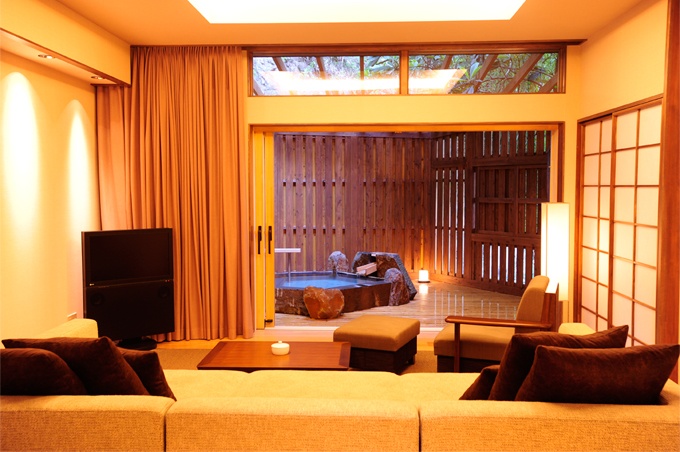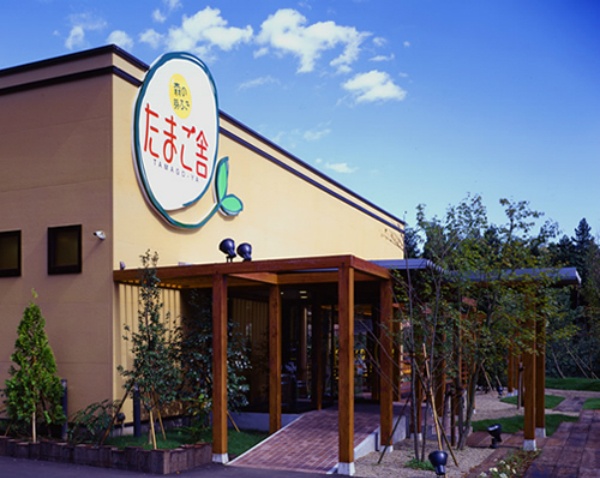Encounter History & Nature in Magical Miyagi
It’s amazing to think that after 17 years living in Japan and numerous trips to the Tohoku area, I’d never been to Miyagi. In fact, Sendai’s famous Tanabata Festival is on my bucket list. This winter, I decided to get away from Tokyo and spend quality time in the beautiful and mountainous Miyagi.
By Marky Star
Fleeing retribution from the Oda faction, they rested in this area. They heard about a hot spring called Kamasaki, discovered by local farmers in 1428. The people in the area claimed the natural waters could heal their war injuries. Apparently, it was effective and the Ichijo decided to settle here far from danger. It’s around this time the family, having given up fighting and political intrigue, became yunushi: keepers of the hot spring.

As the guardians of the healing waters of Kamasaki, the Ichijo maintained a gated residence and traditional inn. Their main building was so famous it came to be known as the Kamasaki Palace. Also, in an age before phones or online reservations, pilgrims to the Kamasaki Onsen were often turned away because there was literally no space at this popular inn. It’s said that unlucky travelers or those without money would have to beg residents in the nearby village for a place to stay the night. In the final days of the Edo Period, four small ryokan opened in the area (I presume to deal with demand that Yunushi Ichijo couldn’t handle). Today, there are still only five ryokan in Kamasaki Onsen.

In the 1930s and 1940s, Yunushi Ichijo expanded by tearing down some of their Edo Period facilities, including the Kamasaki Palace. By this time, those buildings were old and outdated, but they opted for a major rebuilding effort using traditional techniques to preserve the connection with history. Wood from the surrounding forest was utilized and artisans constructed the new building without using any nails: the same method employed when building shrines. We could totally feel this traditional atmosphere in the dining hall which retains much of the look of these grand constructions.
Hearing the tales of Ichijo family and their famous onsen directly from the mouth of the 20th successive owner was a pleasure. It really made staying in this historical building all the more enjoyable, like we were communing with generations of bathers who relaxed in these healing waters—either to recuperate or just to enjoy them with friends or loved ones. After all, this onsen has a history of almost 600 years and as a family business, Yunushi Ichijo has a history of roughly 450 years. It was quite a treat to stay here.
Mori no Mebuki Tamago-ya
Before heading back to Tokyo, we arrived at Mori no Mebuki Tamago-ya for a wonderful and casual lunch. This restaurant, café and gift shop specializes in foods featuring eggs from Miyagi Zao. The first part of the shop’s name Mori no Mebuki means the "sprouts of the forest." The second part, is a bit of a play on words. Tamago means "egg," but the kanji for ya is like a "countryside hut," but normally Japanese shops end with the suffix -ya using a different character that means "shop" (for example, sushi-ya means "sushi shop").
The restaurant was opened in 2001 to showcase the goodness of eggs produced in Miyagi Zao. Mori no Mebuki claims that all of the eggs they serve were laid within in the first 360 days after young chickens come of laying age. On the menu, you’ll find omelets and egg-based desserts, as well as standard dishes like curry or udon with an eggy twist. In the gift shop, there are plenty of egg-based sweets and even cartons of Miyagi Zao Eggs.





